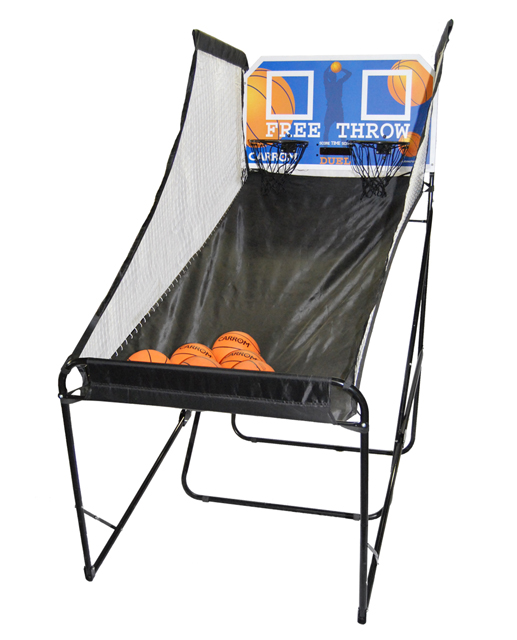During our childhood, it’s hard not to think of the abundance of fun toys we played with on a regular basis. Many memories are linked to a favorite stuffed animal and it’s common for children to feel a strong sense of comfort when a specific toy tags alongside them in their cribs, playroom, or during a car ride. While toys can provide both an educational and comforting element for your child, it’s important to run through the toys stores’ shelves with a fine toothed comb to determine which model is right for your child’s age and level of development in order to ensure their safety at all times.
In recent toy safety news, it’s worth mentioning the Consumer Product Safety Commissions (CPSC) most recent Improvement Act that was established earlier this month. According to the Consumer Product Safety Improvement Act (CPSIA), any toy manufacturer or retailer that imports or exports within the United States needs to undergo product testing to ensure that each collection doesn’t contain lead or phthalates that can harm children that come in contact with these items.
While the CPSC is working to cut back on the number of illnesses, injuries, and deaths associated with poorly constructed toys, many people are against this movement as most small businesses simply don’t have the monetary means to undergo such rigorous testing. This isn’t to say that these businesses don’t take child safety into account – in fact most parents would agree that these companies tend to act more responsibly when it comes to producing safe children’s toys – but it is the expensive testing that the CPSIA now requires on each toy sold in the U.S. that is starting to put a bind on small business owners that are already hurting with the current state of the economy.
A great place to start in your search for a safe and age appropriate toy is to check to see if it’s recommended for a specific age group. While this acts as a good guideline to follow in the beginning, understand that you as the parent should make the ultimate decision based on how well you think your child will respond to a particular object. For example, while one toy may be recommended for children under the age of 3, it’s still necessary to take into account your child’s unique personality and level of development before going off of a toy’s general recommendation.
Once you have found the appropriate toy category for your child, look into the toy’s assembly, weight, condition, and additional accessories that come with your potential purchase. One of the most important rules to follow when in the market for purchasing a toy is to avoid anything that includes small objects that can act as a choking hazard. Children under the age of 4 have a strong tendency to put most items into their mouths and you never want to choose a toy that has removable or poorly assembled parts. BabyCenter, an educational pregnancy and child development website suggests using a toilet paper roll to determine the size of toys that can be played with by young children. Anything that fits inside the cylinder could put your children at risk. In addition, long strings including stuffed animal tails and play set accessories pose a threat to any young children that can get tangled in this excess material.




advertising
July 25, 2009 at 12:50 pmtoy safety should be every parents first priority whenever shopping for toys of any kind, no matter how much you trust the vendor.